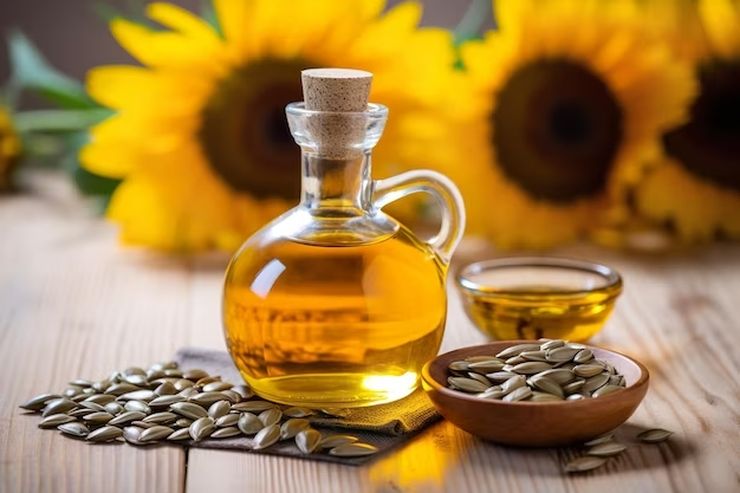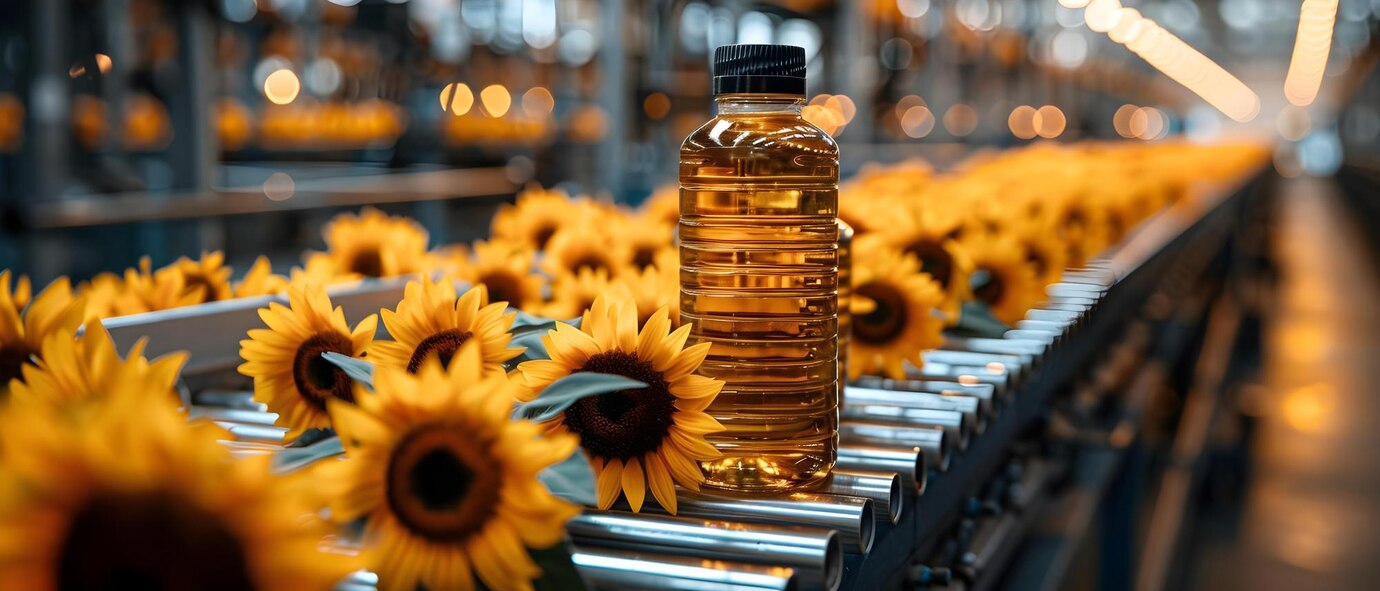Higher palm oil purchases by the world’s biggest importer of vegetable oils will help to reduce inventories in top producer Indonesia and Malaysia and support benchmark prices FCPOc3.
Edible oil imports are set to jump to a record 1.92 million metric tons, up nearly 26% from a month ago, according to average estimates from the data shared by trade houses.
India on average has been importing 1.2 million tons of edible oil so far in the current marketing year which began November 2023.
Around 1.45 million tons of edible oils have already been discharged at various ports, including 850,000 tons of palm oil, said a government official, who declined to be named as he was not authorised to speak to the media.
Palm oil imports in July are expected to jump 45% from a month ago to 1.14 million metric ton, the highest in 20 months, dealers said.


“The economy of the Republic benefits much more from the export of processed products with higher added value compared to the export of raw materials. In a free market, sunseed exporters cannot be restricted to selling their products only to domestic processors, which creates complex dynamics in the supply chain. In situations where processors face a shortage of raw material stocks, causing plants to idle, it is crucial that they have access to alternative supplies,” says agro-market analyst Jurie Ria.
According to the expert, access to alternative sources of raw materials will ensure the continuity of production and can prevent economic disruptions, thereby maintaining stability and economic growth by maintaining export flows of products with high added value.
Over 250 delegates from 25+ countries attend the conference annually – oilseed producers and crushers, traders, oil & fat plants, agrifood sector, investment companies, banks, shipping, brokerage, legal, insurance, surveyors and other operators.
Delegate geography: Ukraine, Romania, Bulgaria, Serbia, Hungary, Moldova, Turkey, Poland, Lithuania, Latvia and other countries from the EU and MENA.


Price development still unclear
Market players are observing developments in the flaxseed market with growing scepticism. Since 1 July 2024, a 10% import duty has been levied on flaxseed imports from Russia and Belarus into the EU. At the end of this calendar year, the rate will increase to 20%. This could also prompt some traders who source their flaxseed elsewhere to raise their prices in order to benefit from the higher level – because the EU will not be able to completely meet its demand without flaxseed imports from Russia.
This turned positive corn yield outlook (10-12 mt/ha) into ruin. In case of the rain, only small part of corn area can be saved as at some fields corn plants stand totally dried out.
Situation is less frustrating for sunseed as at some fields the yields are still expected to be average and plants are at the stage of grain formation. Farmers of the county expect to start sunseed harvesting on August 15, which is earlier than usual terms (September 1) due to the faster plants development.
Sunseed gained USD 10/mt over the week to USD 453/mt FOB Constanta as there is tough competition for this crop on the local market between crushers and exporters. The price is USD 10/mt lower y/y and may soon reach the last year level, considering the temperature forecasts.


edible oil industry feels that to increase the production of oil seeds, the government should increase the customs duty on imported edible oils to motivate farmers to switch from other crops to the cultivation of oil seeds.
Bulgarian sunflower seed market.
Despite the availability of the new crop on the markets, there is hardly any demand for white sesame seeds in higher quality grades. Interest from overseas buyers also remains limited. As a result, prices are under pressure and profits from sales are comparatively low. Hulled sesame seeds, 99.98% purity are currently offered at a level of USD 2,345/mt CIF Hamburg. However, prices for sesame seeds from the Kashmir region have risen in the Indian market; instead of the expected 7,000-8,000 mt, production is said to have only reached ...

-2.webp)
So, as of July 22, the rates for transportation by river transport were:
- Izmail — Constanta, Romania (1-3 thousand t) - 12 €/t,
- Izmail — Ruse/Silistra, Bulgaria (1-3 thousand tons) - 19 €/t,
- Ishmael — Israel (5-7 thousand tons) - $28-29/ton,
- Reni — Marmara, Turkey (5-7 thousand tons) - $18-19/ton.
- to the east coast of Italy (30-35 thousand tons) - $24-25/t,
- Spain (30-35 thousand tons) - $25-26/t,
- of southern China (60-65 thousand tons) – $52-54/t,
- South Vietnam (60-65 thousand tons) – $49-51/t.